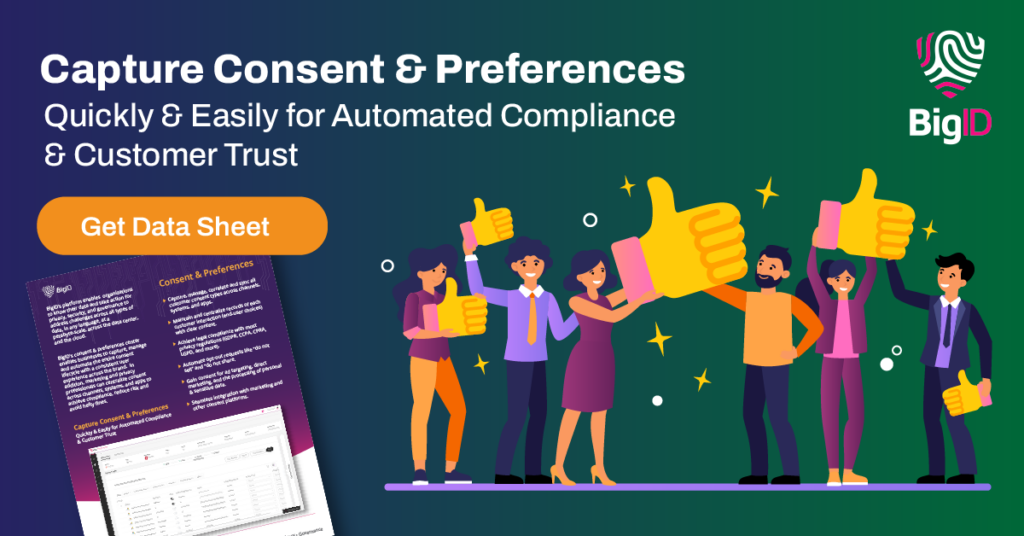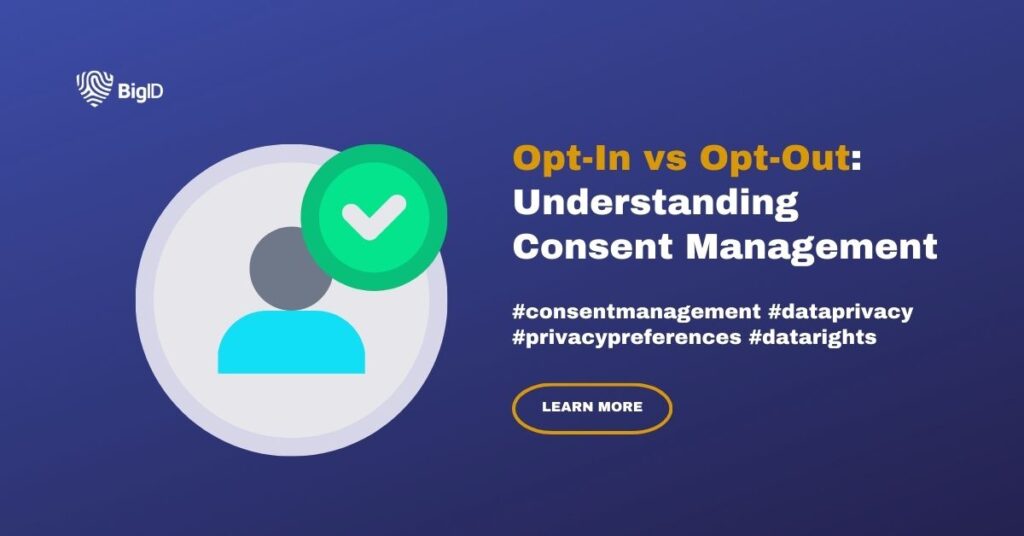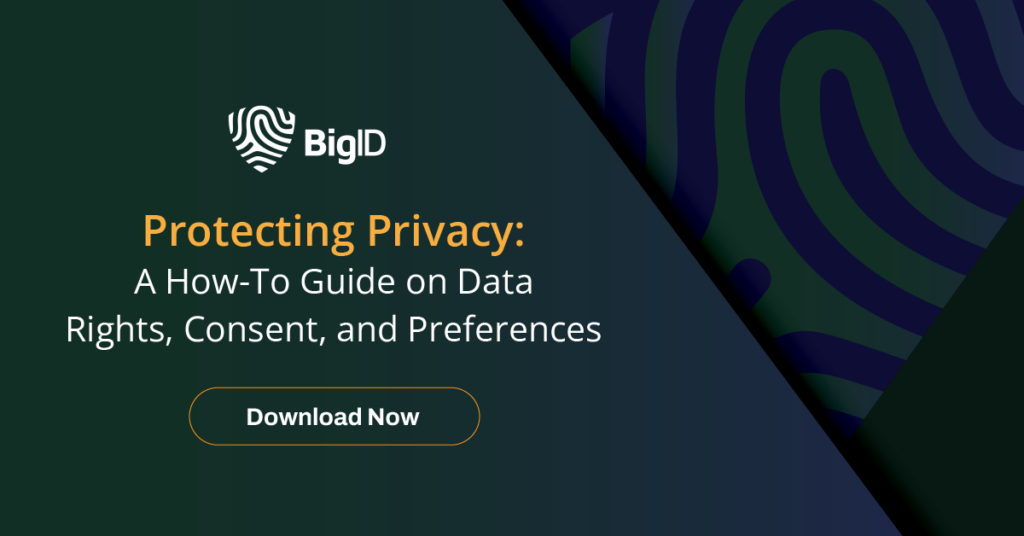Entendendo a Opção Universal de Exclusão: Um Guia Abrangente
No mundo digital de hoje, nossos dados pessoais são coletados, rastreados e usados de maneiras que talvez nem percebamos. Toda vez que você navega na internet, usa um aplicativo no celular ou faz compras online, dados sobre suas atividades são coletados. O conceito de Opção universal de desativação surgiu como uma solução potencial para essa coleta de dados generalizada. Mas o que exatamente é a opção de exclusão universal e como ela pode impactar seu dia a dia? Vamos explorar.
O que é a opção universal de exclusão?
A opção de exclusão universal é um mecanismo que permite aos indivíduos excluir de coleta de dados em múltiplas plataformas e serviços com uma única ação. Em vez de optar por não participar de cada serviço individualmente, um sistema de exclusão universal permitiria que os usuários fizessem uma escolha que se aplicaria a todos os serviços participantes. Esse conceito visa simplificar o gerenciamento da privacidade e dar aos usuários mais controle sobre suas informações pessoais.
Por que a opção universal de exclusão é importante?
Simplificando a gestão da privacidade
Gerenciar as configurações de privacidade em dezenas ou até centenas de sites e aplicativos pode ser uma tarefa árdua. Com uma opção de desativação universal, você pode simplificar esse processo, economizando tempo e reduzindo a complexidade da proteção da sua privacidade.
Aprimorando o controle do usuário
A opção de desativação universal capacita os usuários, oferecendo-lhes uma maneira simples de expressar suas preferências de privacidade. Isso pode ser particularmente benéfico para aqueles que não têm muita familiaridade com tecnologia ou que simplesmente não têm tempo para gerenciar configurações individuais.
Construindo Confiança
Ao adotar mecanismos universais de exclusão (Opt-Out), as empresas demonstram um compromisso com o respeito à privacidade do usuário. Isso pode gerar confiança entre usuários e empresas, levando potencialmente a melhores relacionamentos com os clientes e maior fidelização à marca.

Como funciona?
A opção de exclusão universal funciona enviando um sinal do seu navegador para os sites, indicando que você não deseja que seus dados sejam coletados ou rastreados. Isso pode ser feito por meio das configurações do navegador ou de ferramentas de terceiros que oferecem suporte à funcionalidade de exclusão universal. Quando um site recebe esse sinal, ele deve respeitar sua solicitação e se abster de coletar seus dados.
A implementação da opção de exclusão universal normalmente envolve as seguintes etapas:
- Solicitação do usuário: O usuário faz uma única solicitação de desativação, seja por meio de uma extensão do navegador, um site dedicado ou uma configuração do dispositivo.
- Registro Central: A solicitação é enviada a um registro ou serviço central que mantém uma lista de usuários que optaram por não participar.
- Notificação: Os serviços e empresas participantes são notificados sobre a solicitação de exclusão.
- Ação: Esses serviços e empresas implementam as preferências de desativação do usuário em suas plataformas.
Impacto na vida real da opção universal de exclusão
Redução da publicidade direcionada
Um dos impactos mais notáveis da opção de desativação universal é a redução da publicidade direcionada. Por exemplo, se você optar por desativar universalmente, poderá ver menos anúncios com base no seu histórico de navegação. Isso pode tornar sua experiência online menos intrusiva e mais privada.
Experiência online aprimorada
Com menos rastreadores e coletores de dados seguindo cada movimento seu, você poderá notar tempos de carregamento mais rápidos e melhor desempenho em sites. Além disso, é menos provável que seus dados sejam compartilhados ou vendidos sem o seu conhecimento.
Maior tranquilidade
Saber que suas preferências de privacidade são respeitadas em vários serviços pode lhe trazer tranquilidade. Você não precisará se preocupar tanto com o uso indevido ou o manuseio incorreto dos seus dados.
Processo de cancelamento simplificado
Antes da opção de desativação universal, os usuários precisavam desativar manualmente o rastreamento em cada site que visitavam, um processo demorado e muitas vezes confuso. A opção de desativação universal simplifica isso, permitindo que os usuários tomem uma única decisão que se aplica a todos os sites. Isso não só economiza tempo, como também garante que suas preferências de privacidade sejam aplicadas de forma consistente.

Estatísticas e pesquisas sobre a opção universal de exclusão a serem consideradas
De acordo com uma pesquisa do Pew Research Center, 79% dos americanos estão preocupados com a forma como as empresas utilizam seus dados. Outro estudo da Cisco descobriu que 84% dos consumidores querem mais controle sobre como seus dados são usados. Essas estatísticas destacam a crescente demanda por soluções como a opção de exclusão universal.
Além disso, um relatório da Data & Marketing Association revelou que 58% dos consumidores têm maior probabilidade de confiar em empresas que oferecem opções de privacidade claras. Isso indica que a implementação da opção de exclusão universal pode não apenas beneficiar os usuários, mas também aumentar a confiança e a fidelidade às empresas.
Como implementar a opção universal de desativação
Configurações do navegador
A maioria dos navegadores modernos, incluindo Google Chrome, Mozilla Firefox, e Microsoft Edge, oferecem configurações de privacidade que permitem ativar a opção de desativação universal. Verifique as configurações ou opções de privacidade do seu navegador para ativar esse recurso.
Ferramentas de terceiros
Diversas ferramentas de terceiros e extensões de navegador são compatíveis com o Universal Opt-Out. Ferramentas como Privacy Badger e Ghostery não apenas bloqueiam rastreadores, mas também enviam sinais de Universal Opt-Out para sites, aprimorando ainda mais sua privacidade online.
Regulamentos universais de exclusão
Embora a opção universal de exclusão (Universal Opt-Out) seja um conceito relativamente novo, diversas regulamentações e iniciativas legislativas em todo o mundo visam aprimorar a privacidade do consumidor e podem apoiar a implementação de tais mecanismos. Compreender essas regulamentações pode ajudar consumidores e empresas a navegar no cenário em constante evolução da privacidade de dados.
Regulamento Geral de Proteção de Dados (RGPD)
A União Europeia Regulamento Geral de Proteção de Dados (RGPD) É uma das leis de privacidade de dados mais abrangentes do mundo. Ela garante aos residentes da UE direitos significativos sobre seus dados pessoais, incluindo o direito de optar por não ter seus dados processados. De acordo com o GDPR:
- Direito de objeção: Os indivíduos têm o direito de se opor ao processamento de seus dados pessoais, inclusive para fins de marketing direto.
- Retirada do consentimento: Os usuários podem revogar seu consentimento para o processamento de dados a qualquer momento, e as empresas devem respeitar essa solicitação.
Embora o RGPD não exija um mecanismo universal de exclusão, seus princípios estão alinhados com a ideia de dar aos usuários maior controle sobre seus dados.
Lei de Privacidade do Consumidor da Califórnia (CCPA) e Lei de Direitos de Privacidade da Califórnia (CPRA)
Nos Estados Unidos, o Lei de Privacidade do Consumidor da Califórnia (CCPA) e seu sucessor, o Lei de Direitos de Privacidade da Califórnia (CPRA), garantem direitos de privacidade robustos aos residentes da Califórnia. As principais disposições incluem:
- Direito de optar por não participar: Os consumidores têm o direito de optar por não permitir a venda de suas informações pessoais.
- Controle Global de Privacidade (GPC): A CCPA reconhece sinais de exclusão baseados em navegador, como o GPC, que permite aos usuários enviar um único sinal de exclusão para todos os sites que visitam. Esse conceito é semelhante à exclusão universal.
Outras leis de privacidade emergentes
Diversas outras jurisdições estão promulgando ou considerando leis de privacidade que poderiam dar suporte a mecanismos universais de exclusão (Opt-Out):
- Lei de Proteção de Dados do Consumidor da Virgínia (VCDPA): Semelhante à CCPA, esta lei concede aos residentes da Virgínia o direito de optar por não permitir a venda e o processamento de seus dados pessoais para fins de publicidade direcionada.
- Lei de Privacidade do Colorado (CPA): Garante aos residentes do Colorado o direito de optar por não ter seus dados processados para fins de publicidade e venda direcionadas.
- Esforços internacionais: Países como o Brasil (LGPD)Japão (APPI)e Canadá (PIPEDA) Estão também aprimorando suas regulamentações de privacidade, o que pode abrir caminho para recursos de desativação universal.
O papel das normas da indústria
Além dos esforços regulatórios, os padrões e iniciativas da indústria estão desempenhando um papel crucial no avanço da opção universal de exclusão (Universal Opt-Out):
- Controle Global de Privacidade (GPC): Uma iniciativa que permite aos usuários enviar um único sinal de desativação em todos os sites. Apoiada por defensores da privacidade e alguns órgãos reguladores, a GPC está ganhando força como um passo prático rumo à desativação universal.
- Não rastrear (DNT): Embora não tenha sido amplamente adotado, o DNT foi uma das primeiras tentativas de criar um sinal universal para optar por não ser rastreado. As lições aprendidas com o DNT estão orientando iniciativas atuais como o GPC.
Embora não exista uma regulamentação única e universalmente obrigatória para a opção de exclusão (opt-out), uma combinação de leis regionais, padrões da indústria e tecnologias emergentes está abrindo caminho para mecanismos universais de exclusão. À medida que essas regulamentações e padrões evoluem, oferecem a esperança de uma abordagem mais simplificada e amigável à privacidade de dados, dando aos indivíduos maior controle sobre suas informações pessoais.
Desafios e limitações
Embora a opção de desativação universal seja uma ferramenta poderosa para proteger sua privacidade, ela não está isenta de desafios. Nem todos os sites respeitam os sinais de desativação e, atualmente, não há nenhuma exigência legal para que o façam. Além disso, alguns sites podem oferecer funcionalidades limitadas caso você opte por não ser rastreado.
A abordagem da BigID para a opção universal de desativação.
A opção de exclusão universal representa um avanço significativo no campo da privacidade digital. Simplificar o processo de exclusão da coleta de dados oferece aos usuários maior controle sobre suas informações pessoais e atende a uma necessidade crítica em nosso mundo cada vez mais digital. Como a plataforma líder do setor para privacidade de dados, segurança, conformidade e gerenciamento de dados com IA — BigID Está preparada para ajudar as organizações a obterem visibilidade sobre todos os seus dados empresariais e a alcançarem a conformidade com a sua automação de privacidade com reconhecimento de identidade, patenteada.
Com o BigID, as empresas podem:
- Identificar todos os dados: Descubra e classifique Dados para criar um inventário, mapear fluxos de dados e obter visibilidade de todas as informações pessoais e sensíveis.
- Automatize o gerenciamento de direitos de dados: Gerencie automaticamente solicitações de privacidade, preferências e consentimento, incluindo a opção de recusar a venda de dados, publicidade direcionada e criação de perfis de usuários.
- Minimizar dados: Aplique práticas de minimização de dados, identificando, categorizando e excluindo dados pessoais desnecessários ou excessivos para gerenciar com eficiência o ciclo de vida dos dados.
- Implementar controles de proteção de dados: Automatize os controles de proteção de dados para aplicar medidas de acesso a dados e outras medidas de segurança, que são cruciais para a proteção de dados e para o cumprimento de diversas leis de privacidade de dados, como o GDPR e o CCPA.
- Avaliar o risco: Automatize as avaliações de impacto na privacidade, relatórios de inventário de dados e fluxos de trabalho de remediação para identificar e remediar riscos, a fim de manter a conformidade.
Para simplificar e automatizar seus fluxos de trabalho universais de exclusão de privacidade — Agende uma demonstração individual. Com o BigID hoje.



